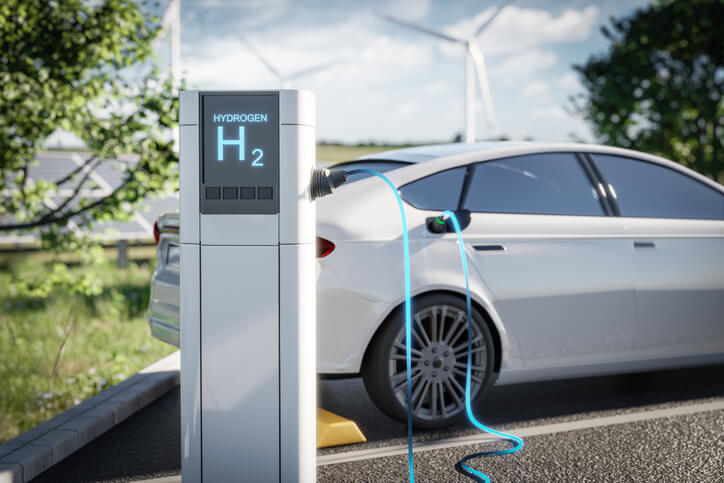The Future of Home Charging for Students in Automotive Training
Automotive training is essential for students specializing in hybrid technology, especially as more drivers seek greener alternatives. Understanding the current and future trends in home charging technology can open up exciting career opportunities in this evolving field.
This blog post will explore these trends and how they can shape your future in the automotive industry.
The Current State of Home Charging
When it comes to home charging solutions for hybrid and electric vehicles, there are two primary options, each with its advantages and drawbacks. Let’s explore the pros and cons of Level 1 and Level 2 chargers:
Level 1 Charger:
- Pros:
- Easy Setup: Utilizes a standard 120-volt household outlet, making it easy to set up without additional electrical work.
- Cost-Effective: The most affordable option for home charging, both in terms of initial equipment costs and installation.
- Sufficient for Light Use: Suitable for drivers who use their vehicles for short, daily commutes or can leave them charging overnight.
- Cons:
- Slow Charging Speed: A full charge can take 8 to 12 hours, which may be inconvenient for drivers needing a quicker turnaround.
- Limited Flexibility: This may not be ideal for those who require frequent or extended trips, as the slower charging time limits vehicle availability.
Level 2 Charger:
- Pros:
- Significantly Faster Charging: With a charging time of 3 to 5 hours, Level 2 chargers drastically reduce downtime, making them ideal for drivers who need faster recharging, especially for longer distances or frequent use.
- Higher Efficiency: The faster charging capability allows for more flexibility, making it more practical for everyday needs.
- Cons:
- Higher Installation Costs: A 240-volt outlet is required, similar to those used for large appliances, which may necessitate professional installation and higher upfront costs.
- Price Barrier: The cost of the Level 2 charger itself, along with installation, can be expensive, limiting accessibility for some homeowners despite its long-term benefits.
As a student in automotive training at ATC, you will learn about the complexities of energy storage systems, power accessories, and high-voltage circuits—all critical aspects of making home charging a viable solution for hybrid vehicles.
The skills you gain here are essential for diagnosing and maintaining the charging capabilities of these increasingly popular vehicles.

Possibilities for the Future of Home Charging
As demand for hybrid and electric vehicles grows, home charging solutions are evolving to improve efficiency, convenience, and incorporate renewable energy. Here are key developments shaping the future of home charging:
Smart Home Energy Systems:
- Enables charging during off-peak hours, lowering costs and reducing demand on the electrical grid.
Solar-Powered Charging:
- Allows vehicles to charge using home-generated renewable energy, reducing reliance on traditional electricity sources.
Wireless Charging:
- It offers the convenience of charging by simply parking over a pad, eliminating the need for cables.
For students in hybrid and electrical mechanic training, these advancements revolutionize home charging and create new career opportunities for those trained in hybrid and electric vehicle technologies.

Career Opportunities for Automotive Training Graduates
The rise of hybrid vehicles and advancements in home charging technology are opening new career paths for automotive professionals. Technicians with expertise in hybrid technology, energy storage, and charging infrastructure are in high demand.
As more homeowners install Level 2 chargers, professionals skilled in high-voltage systems will be needed for vehicle maintenance, charger installation, and diagnostics.
Are you ready to become a sought-after hybrid and electric vehicle mechanic?
Contact ATC Surrey for more information!


